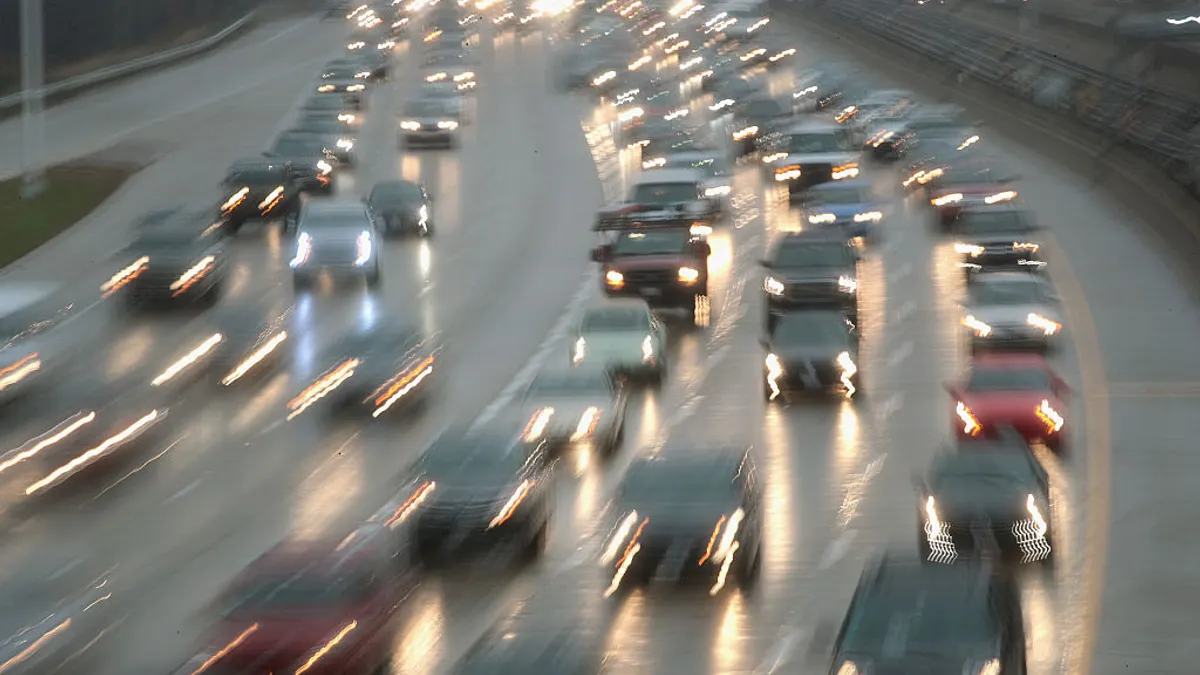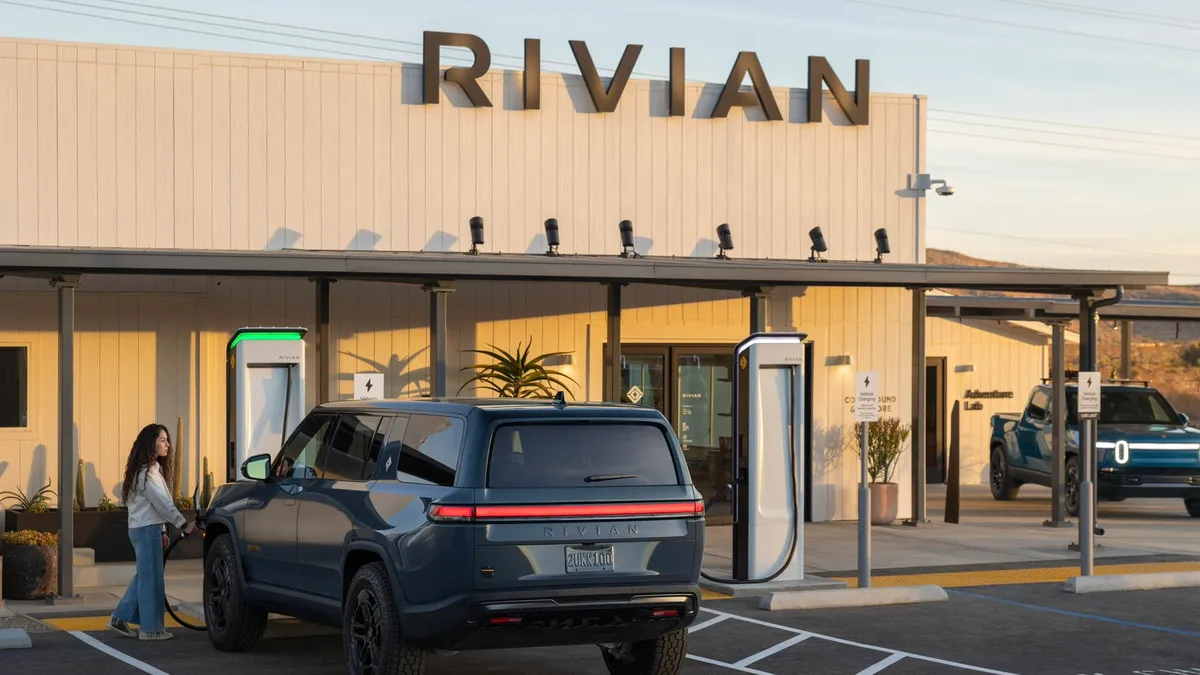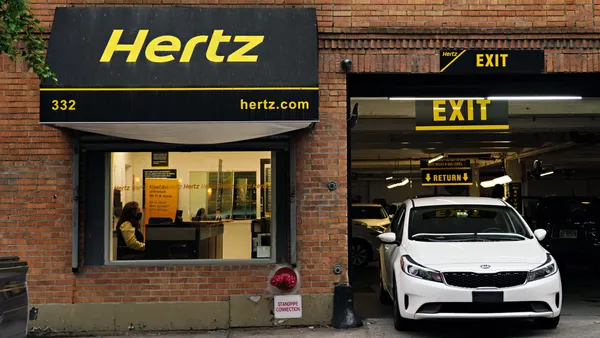The number of people killed in automotive crashes declined 6.3% over the first quarter of 2025, with the estimated fatality rate the lowest it has been since 2019, according to new National Highway Traffic Safety Administration data released July 10.
Between January and March 2025, 8,055 people were killed on U.S. roads, the agency said, down from the 8,595 killed in vehicle crashes during the first three months of 2024.
The number of traffic fatalities in the first quarter of the year totaled 1.05 fatalities per 100 million vehicle miles traveled — an improvement compared to the 1.13 rate during the first quarter of 2024, according to the agency.
“While traffic fatalities remain far too high, we are encouraged to see such a decline and pledge to continue working to drive down these numbers even more,” NHTSA Chief Counsel Peter Simshauser, said in a statement.
Simshauser said that the agency “will continue to use all of its resources to educate Americans about dangerous driving behaviors and advance meaningful policies that will save lives.” He added that NHTSA is also strengthening ties with law enforcement to “ensure traffic laws are being enforced.”
Last month, the House Committee on Energy and Commerce’s Subcommittee on Commerce, Manufacturing and Trade hosted a hearing to explore a new motor vehicle safety title as part Congress’ yearly reauthorization of federal surface transportation programs. David Harkey, president of the Insurance Institute for Highway Safety, testified that the United States is “in the middle of a road safety emergency” and that NHTSA is “failing to meet the moment” when it could be tightening vehicle safety standards.
Meanwhile, John Bozzella, president and CEO of the Alliance for Automotive Innovation, said in written testimony that NHTSA’s current actions were “stifling innovation and threatening U.S. global leadership” in the automotive sector. Bozzella said the agency should be “addressing the behaviors that contribute to speeding, distraction and impaired driving-related crashes” as well as “empowering and supporting law enforcement.”










